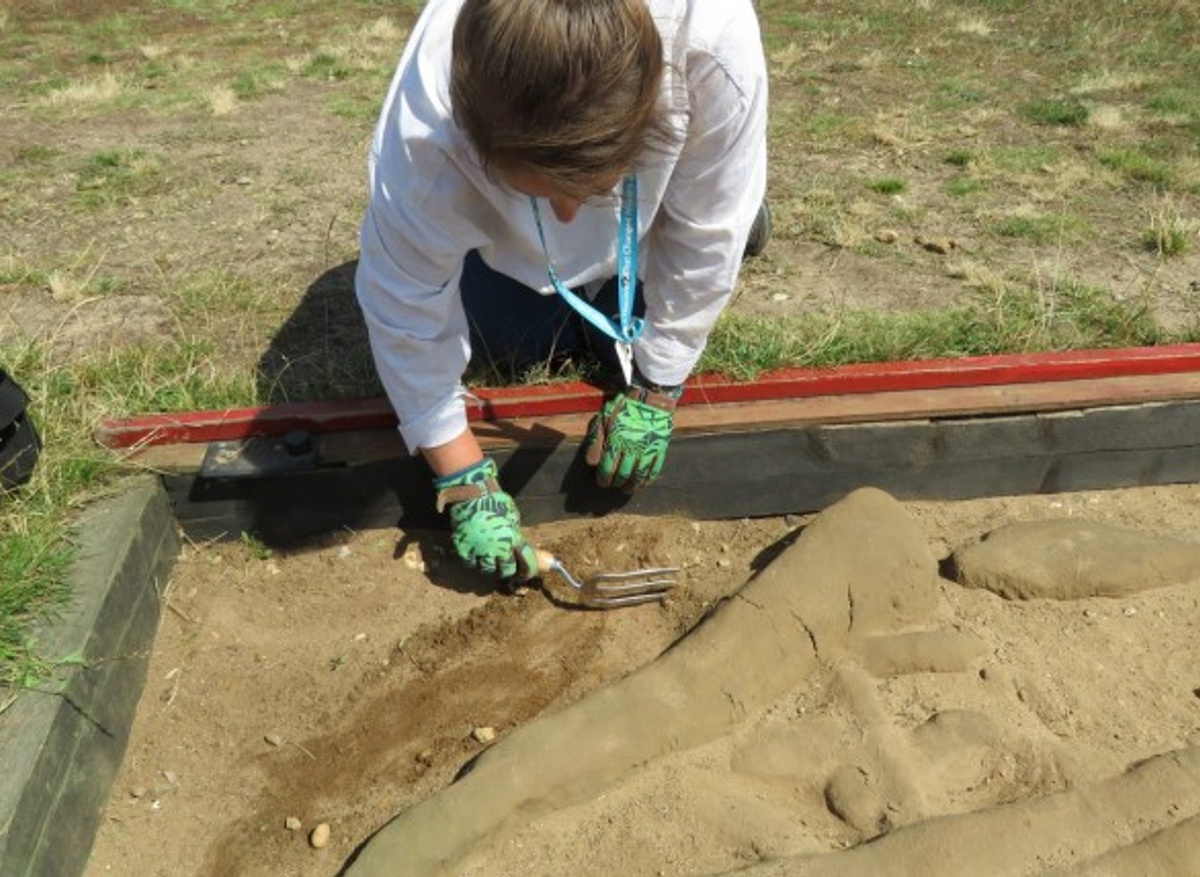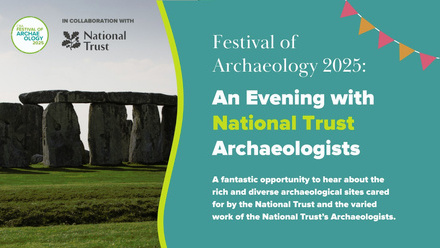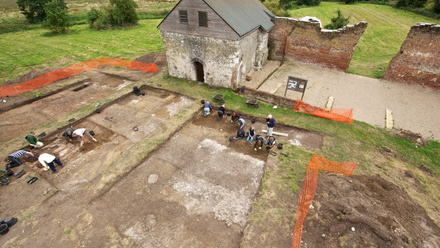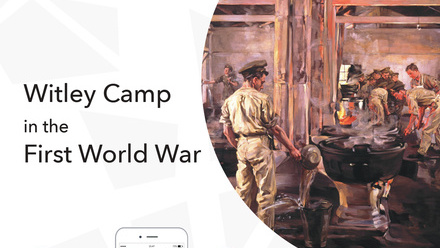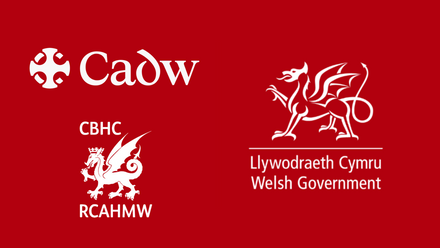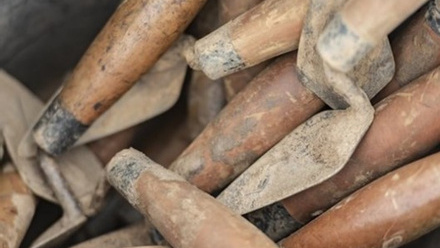Laura Howarth is the National Trust’s only Archaeology and Engagement Manager, but you could also call her a storyteller. With her special blend of knowledge, passion and curiosity, Laura weaves the threads of Sutton Hoo history together into a rich tale for all to enjoy.
How did you find yourself at Sutton Hoo?
It was back for in 2014, after I’d completed an MA in medieval studies, specialising in 7th century Anglo-Saxons. If I had a pound for every time someone had asked me what I would use my MA for I’d be rich, so when the job came up here, it was one of those real ‘pinch me’ moments!
When I arrived for my interview, it felt more like I was talking to friends and like-minded people than being assessed and I came away really hoping that I had got the job.
Now I enjoy spending every day sharing the story of Sutton Hoo with visitors, helping to inspire them to be as passionate about the incredible history of the site as I am.
What does your work as Archaeology and Engagement Manager involve?
I lead a team that plans events, educational activities and exhibitions as well as looking after and sharing our collections. Really anything that helps the story of Sutton Hoo come alive for our visitors.
I love to provide new and fresh ways of looking at the history of Sutton Hoo and have a particular interest in helping our visitors relate to the Anglo-Saxons.
For example, recently I’ve been working with our Food and Beverage Manager on developing a dish for our cafe that ties back to the Sutton Hoo story - a lamb curry. I know what you’re thinking, it doesn’t sound very Anglo-Saxon, but our inspiration for this dish was the lamb chops that were found in the grave of a warrior horseman here at Sutton Hoo, perhaps a picnic for his journey to the afterlife. The Anglo-Saxons were cultural magpies in their borrowing and blending of different cultures and traditions. This is just like our cosmopolitan society today and this dish reflects the nation’s love of curry. We still feel the legacy of the Anglo-Saxons today and it’s helping people feel this relevance 1,400 years later.
Today I have been out on the site working with a team of volunteers weeding some of the grave markers on the Royal Burial Ground. I can’t think of many other jobs where you could do that! It is wonderful to be able to work with such a diverse team carrying out such a wide array of activities. It is very much the public face of archaeology- interpreting it and sharing the stories with the thousands of different people who visit us each year, as well as caring for the site to ensure we are caring for it as best as we can to keep it special for future generations to enjoy.
What most captivates you about the Sutton Hoo story?
For me, I love that every single object at Sutton Hoo tells a story – from a ladybird found in the Great Ship Burial right through to objects of the most exquisite craftsmanship which you still stand in awe and wonder of, wondering how exactly did they do that. This is also a landscape that echoes with the voices and marks of people stretching back for millennia and I think the new experience will help shine a spotlight onto some of these different people, their voices and stories.
The story didn’t end with the discovery of the Great Ship Burial in 1939 as our knowledge of Sutton Hoo and the Anglo-Saxons is ever changing and expanding.
Tell us about any personal highlights during your time at Sutton Hoo
Really difficult to pick but in 2018 I had the chance to sail a replica Viking ship across a rather stormy fjord in Roskilde, Denmark. Whilst the Vikings came along after the Anglo-Saxons, being aboard a ship not too unlike the one buried at Sutton Hoo was an incredible way of first-hand experiencing how the Anglo-Saxons harnessed the sea and wind to travel.
These people were travelling far and wide, and bringing objects back from many different cultures, the world really was their oyster.

